The skeleton is the body’s inner structure, working with muscles to support and protect organisms, as well as allowing them to move. Like a building or statue, a human being with no skeleton would collapse and fall over.
The skeleton is made of 206 bones, categorized as either long, short or flat. Long bones include the tibia and femur, the skeleton’s longest bone. Short bones can be found in the wrist and in the spinal vertebrae. The hip and pelvis are both flat bones.
Bones continue to grow for around 20 years, and a balanced diet is needed to guarantee their correct growth. Bones need numerous mineral salts to make them hard, as well as ossein, a substance which renders them flexible and resistant.
Bones have two layers. The outer layer is compact and very hard while the inner layer is spongy, flexible and filled with countless blood vessels.
Bones are hollow at their center, and contain bone marrow. Bone marrow looks like jelly, and produces white blood cells, red blood cells, and platelets.
When subjected to strong pressure, bones can break. This kind of accident is called a fracture, and requires medical attention.
However, bones can also mend themselves. Immediately after a fracture, blood from the damaged blood vessels solidifies and fills the space between the two sides of the fracture. Scar tissue is created: fractured bones produce a special tissue, fibrocartilage callus, which is soft at first, and then gets gradually harder, rebuilding the damaged area.
Flexibility between bones is created by joints. Joints are like capsules, coated in a soft substance called cartilage, and are lubricated by a liquid known as synovia.
Each bone has its own well-defined function based on its shape and position. The cranium, for exapmpe, protects the brain. The thoracic cage surrounds the heart and lungs. The vertebral column encases the spinal cord. The pelvis houses the reproductive organs.
The skeleton is the part of our body that takes the longest to decompose, and in favorable conditions may endure for centuries.
This is why it is considered the image of death, and has been interpreted as such throughout history by many different cultures.
An example are the dances macabres used as decorations in late-medieval churches, which depict men clutched by fearful yet ironic dancing skeletons.
The skeleton is made of 206 bones, categorized as either long, short or flat. Long bones include the tibia and femur, the skeleton’s longest bone. Short bones can be found in the wrist and in the spinal vertebrae. The hip and pelvis are both flat bones.
Bones continue to grow for around 20 years, and a balanced diet is needed to guarantee their correct growth. Bones need numerous mineral salts to make them hard, as well as ossein, a substance which renders them flexible and resistant.
Bones have two layers. The outer layer is compact and very hard while the inner layer is spongy, flexible and filled with countless blood vessels.
Bones are hollow at their center, and contain bone marrow. Bone marrow looks like jelly, and produces white blood cells, red blood cells, and platelets.
When subjected to strong pressure, bones can break. This kind of accident is called a fracture, and requires medical attention.
However, bones can also mend themselves. Immediately after a fracture, blood from the damaged blood vessels solidifies and fills the space between the two sides of the fracture. Scar tissue is created: fractured bones produce a special tissue, fibrocartilage callus, which is soft at first, and then gets gradually harder, rebuilding the damaged area.
Flexibility between bones is created by joints. Joints are like capsules, coated in a soft substance called cartilage, and are lubricated by a liquid known as synovia.
Each bone has its own well-defined function based on its shape and position. The cranium, for exapmpe, protects the brain. The thoracic cage surrounds the heart and lungs. The vertebral column encases the spinal cord. The pelvis houses the reproductive organs.
The skeleton is the part of our body that takes the longest to decompose, and in favorable conditions may endure for centuries.
This is why it is considered the image of death, and has been interpreted as such throughout history by many different cultures.
An example are the dances macabres used as decorations in late-medieval churches, which depict men clutched by fearful yet ironic dancing skeletons.
RELATED
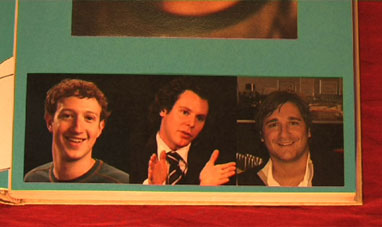

FACEBOOK
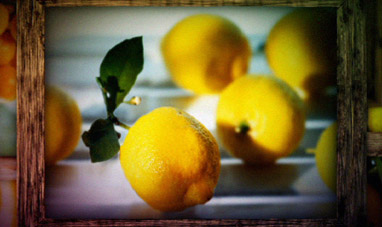

CITRUS FRUIT


FROG
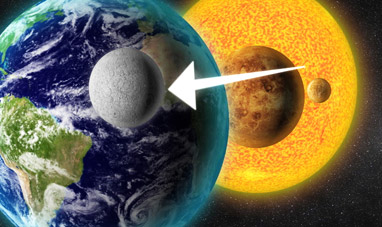

THE MOON
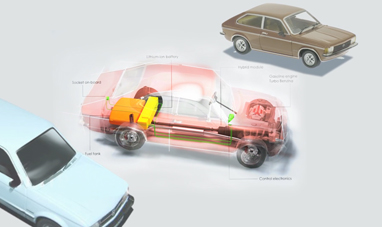

HYBRID VEHICLE


HAIR
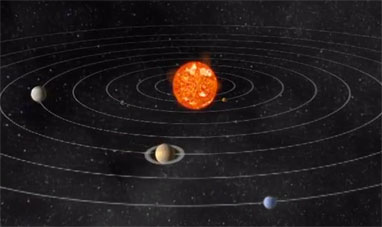

THE SOLAR SYSTEM
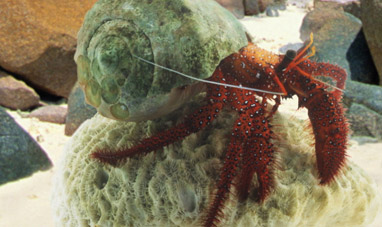

HERMIT CRAB


CHEMICAL BONDS
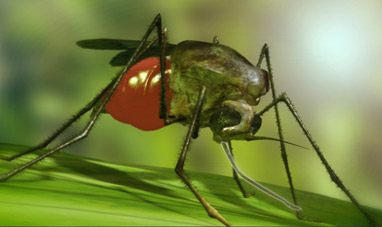

MOSQUITO
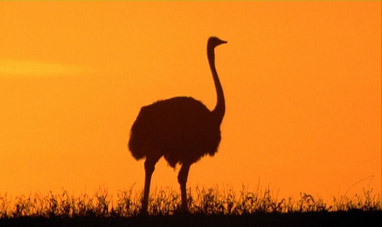

OSTRICH


WHEAT


GECKO
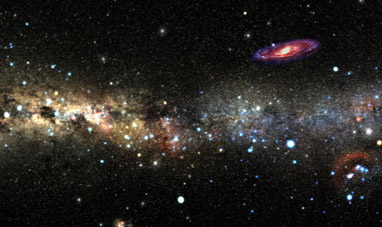

NEBULAE


SUPERNOVAS
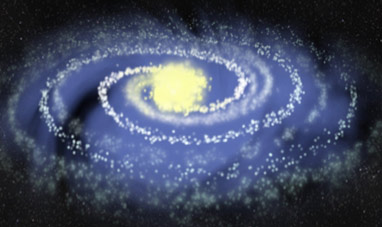

GALAXIES
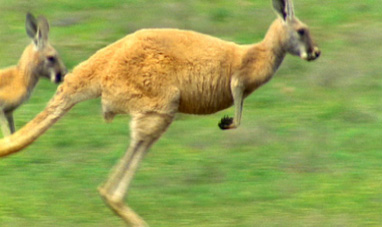

KANGAROO


SCORPION
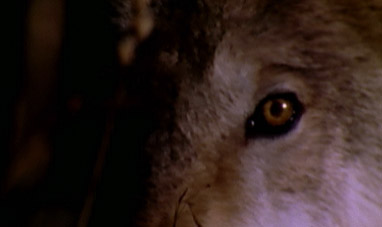

WOLF
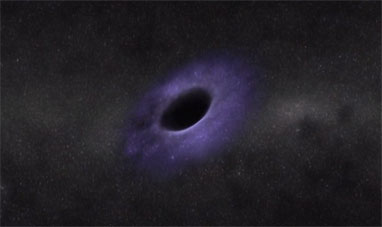

BLACK HOLES
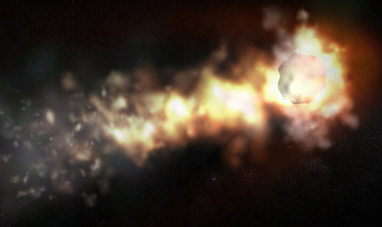

METEORITES
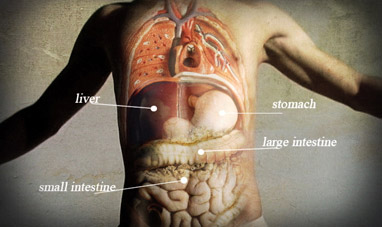

THE DIGESTIVE SYSTEM


BARRACUDA
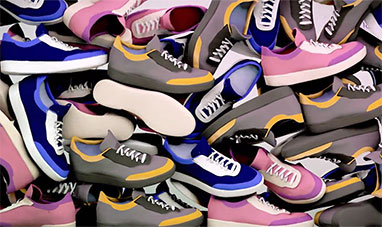

RUNNING
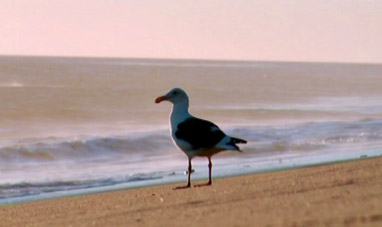

GULL
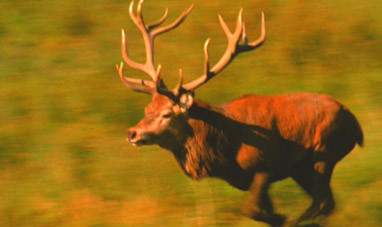

DEER
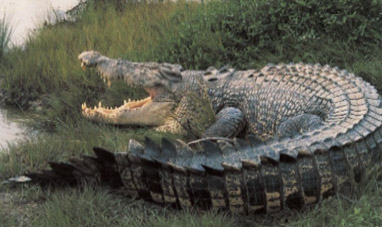

CROCODILE
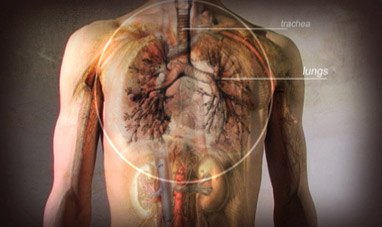

THE RESPIRATORY SYSTEM


DOG
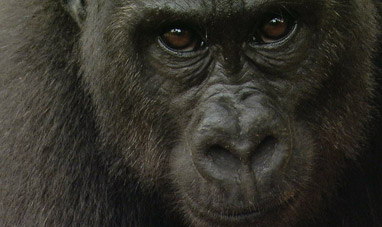

GORILLA
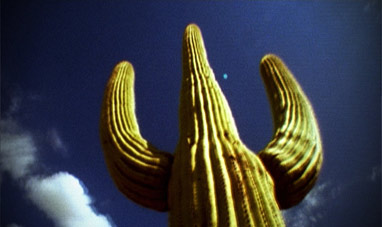

CACTUS


STORK
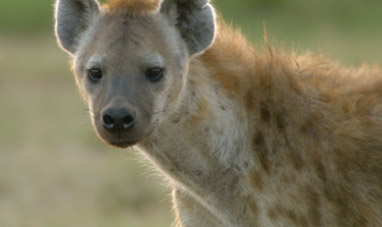

HYENA
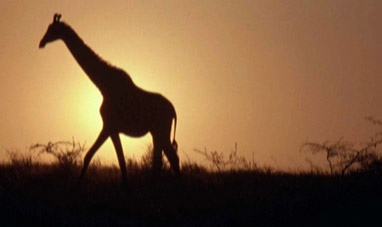

GIRAFFE


THE HEART
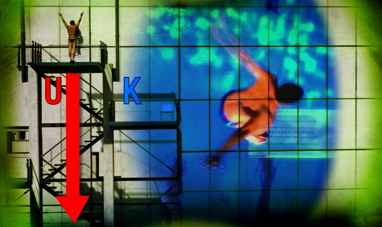

KINETIC, POTENTIAL AND MECHANIC ENERGIES
